Which is the best sport in the world right now and why is it the best ?
Other Sports
As one of the few sports whose primary sphere of influence is the world, soccer is widely played and watched in both professional and amateur circles. Would you like to find out the importance of rules in soccer? Then, dig in here and learn more about the rules of football.
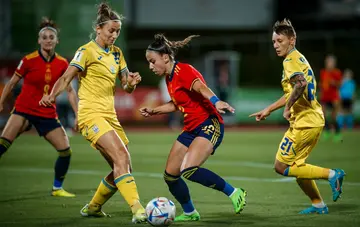
Soccer is undeniably the number 1 sport in the world. According to Sportsbrief's report on the top 15 most popular sports in the world in 2022, the game has over 4 billion followers worldwide and is played by more than 250 million people in about 200 countries.
So, what are the rules and regulations of football? We have used the principles outlined by the International Football Association Board, FIFA and the Football Association to bring you the famous 17 football laws of the game of 2022/23.
Which is the best sport in the world right now and why is it the best ?
Other Sports
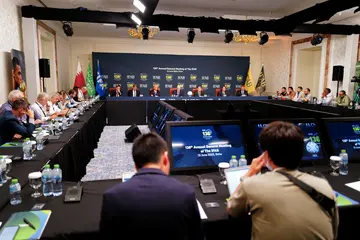
Exciting feature: Check out news exactly for YOU ➡️ find "Recommended for you" block and enjoy!
The 17 laws were first created in 1863 and have been upheld and applied globally by IFAB, which comprises the Scotland, Wales, Northern Ireland, and England football associations. In addition, FIFA, the global soccer governing body, represents 207 national football associations on the board.
This law defines the requirements of the football playing field, such as the surface, markings, dimensions, flagposts, goal, penalty, corner, and other technical areas. For example, according to the first law, a goal's position must be at the centre of the goal line with two-goal posts (732 cm apart) and a crossbar 244 cm from the ground.
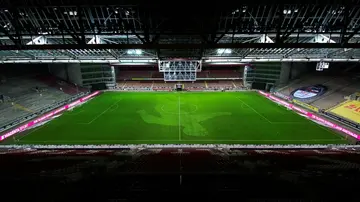
Law 2 of football dictates the qualities, measurements and requirements for replacing a defective football. According to the law, the ball in a football game must be spherical with a 68 -70 cm circumference and a standard weight between 410 and 450 g. In addition, for all official matches organised by confederations and FIFA, the balls used must be tested and marked by the FIFA Quality Programme for Footballs.
Ranking the top 10 players with the most blocks in an NBA game
NBA
Law 3 of football stipulates how many players are in a football team, including substitutes and reserves. This includes eleven players in a team with a maximum of five substitutes in an official FIFA, confederation or national football association match with a maximum of fifteen for all other games.

The fourth law concerns all player equipment in football. These include the players' shirts, shorts, socks, shin guards, goalkeeper's caps, headgear, facemasks, and knee and arm protectors. The law also stipulates the punishment for players who commit offences against the law.
The authority, decisions, power and duties of a referee in football are all given in this law. A referee is a match official who monitors the game closely and is fully authorised by IFAB to enforce the rules in football.
Ranking! What are 15 of the most expensive NBA shoes of all time?
NBA
The sixth rule contains requirements for the other match officials in football, such as assistant referees, a reserve assistant referee, a fourth official, a video assistant referee, and an assistant video assistant referee and their duties. In addition, this law indicates when the assistance of the other match officials is required.
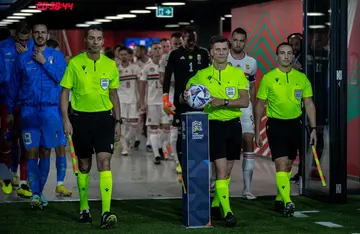
According to this law, a football match lasts for two halves of 45 minutes with an interval not exceeding 15 minutes. Law 7 of football also offers guidance concerning an abandoned game, the allowance for extra time and the allowance for time lost.
The eighth rule defines the kick-off as the starting point of both halves of a football match. It gives the procedure for the kick-off, a dropped ball incident, offences and sanctions.
FIFA men's ranking: Top 20 national teams heading to the World Cup
Football
This law helps to define how the ball is considered still in and out of play. According to the ninth rule, the ball is out of play when it has fully passed over-the-goal line on the ground, in the air, or when the referee has stopped the play, among other instances.

According to this law, the scoring method in football is determined when a goal is scored, and the whole ball passes over the goal line between the two goalposts and crossbar. Therefore, the winners of the game have to achieve more goals than their opponents.
A player is said to be in an offside position when any part of their body is in the opponent's half or when any aspect of their body is nearer to the opponent's goal line than the ball and the second last opponent. The penalty for offside offences in football includes warnings and a direct or indirect free kick.
Ranking! Who are the 10 best basketball general managers in the NBA right now?
NBA
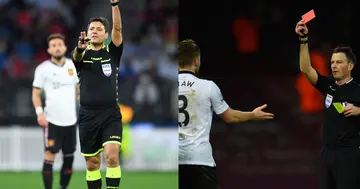
Offences committed by players on the field of play can be penalised by awarding a direct, indirect kick, a penalty kick or disciplinary action. For example, when a player commits a handball offence in football or plays rough in football, a free kick is awarded to the opposing team.
A red card in soccer symbolises caution, while a yellow card is used in football to send off a player. Here are some common offences as outlined by the 12th law of football.
Red card (caution) | Yellow card (send off) |
Delaying the restart of a game | Grave foul play |
Dissent | Biting and spitting |
Entering and exiting the field of play with no permission | Violent behaviour |
Failure to respect outlined procedures of a free kick, corner kick or throw in | Use of offensive language |
Repeated offences | Receiving a second caution in a single match |
Entering the Referee Review Area | Entering the video operating room |
Everything you need to know about LaLiga's best players on FIFA 23
Football
When a player commits an offence, a direct or indirect free kick is awarded to the opposing team by the referee. This law defines the procedures of playing a free kick, including the position of the ball and other players. If the kicker commits an offence during the free kick, such as a handball, a direct free kick or a penalty kick is awarded to the opponents.
In football, a penalty kick is awarded to a team if an opposing team player commits a free kick offence. The requirements and procedures for a penalty kick, as well as actions to be taken when the kicker or goalkeeper commit a penalty kick offence, are outlined in this law.
A throw-in in football marks the restart of the game after the ball leaves the field of play. The throw-in is awarded to the opposing team of the player who last touched the ball before it passed over the touchline out of the area. The law gives the complete procedure to the thrower, his teammates and the opponents.
Which country invented the game of cricket? History and all the facts
Cricket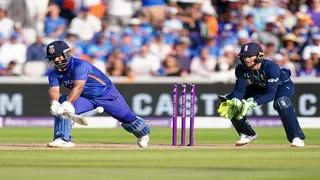

A goal kick is used to restart the game after the ball entirely passes over the goal line and is not a goal scored. According to the law, the ball must be stationary during the kick and can be kicked from any point within the goal area by a player in the defending team.
The history of basketball and all the facts about the origin of the game
NBA
Similar to the goal kick, the corner kick is awarded to the attacking team when the ball wholly passes over the goal line and is not a goal. The procedures, offences and sanctions for a proper corner kick are clearly outlined in the law.
The rules of football help to determine the parameters of the game, thus allowing competitors to agree on the outcome. In addition, rules help define the appropriate behaviour and role for each participant in the game.
READ ALSO: Diego Costa's new team, stats, salary, achievements, net worth
Sportsbrief recently published an article about La Liga's record scorer, Diego da Silva Costa. The Spanish striker has played for top-tier teams such as Atletico Madrid, SC Braga, Chelsea and the Wolverton Wolves.
Dig in here and learn more about his recent move to the Wolverton Wolves, his net worth, salary, stats and family.
Qatar says World Cup fans do not need Covid vaccination
Football